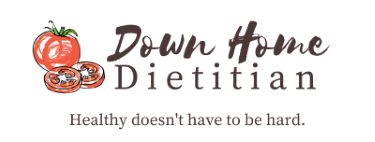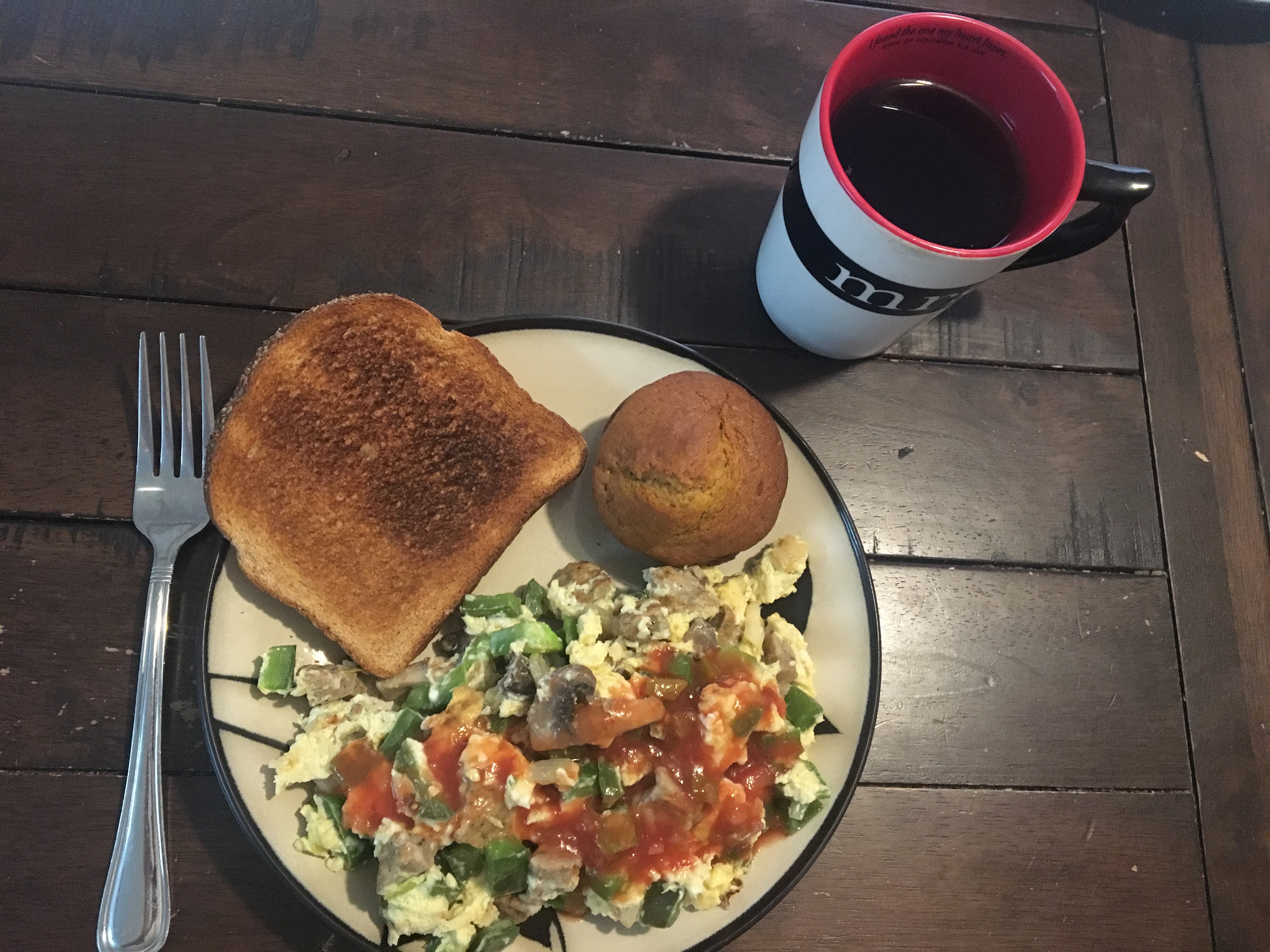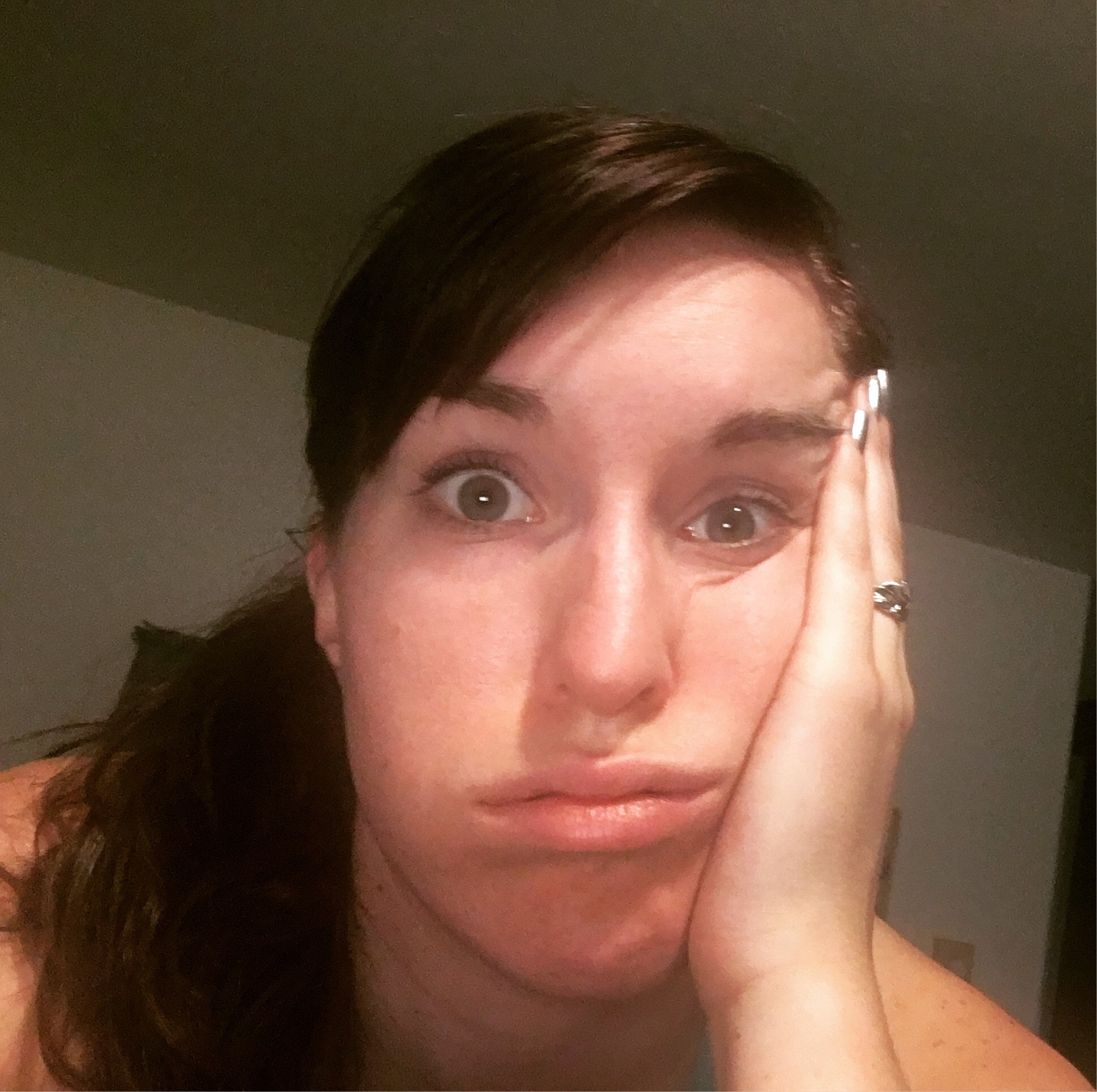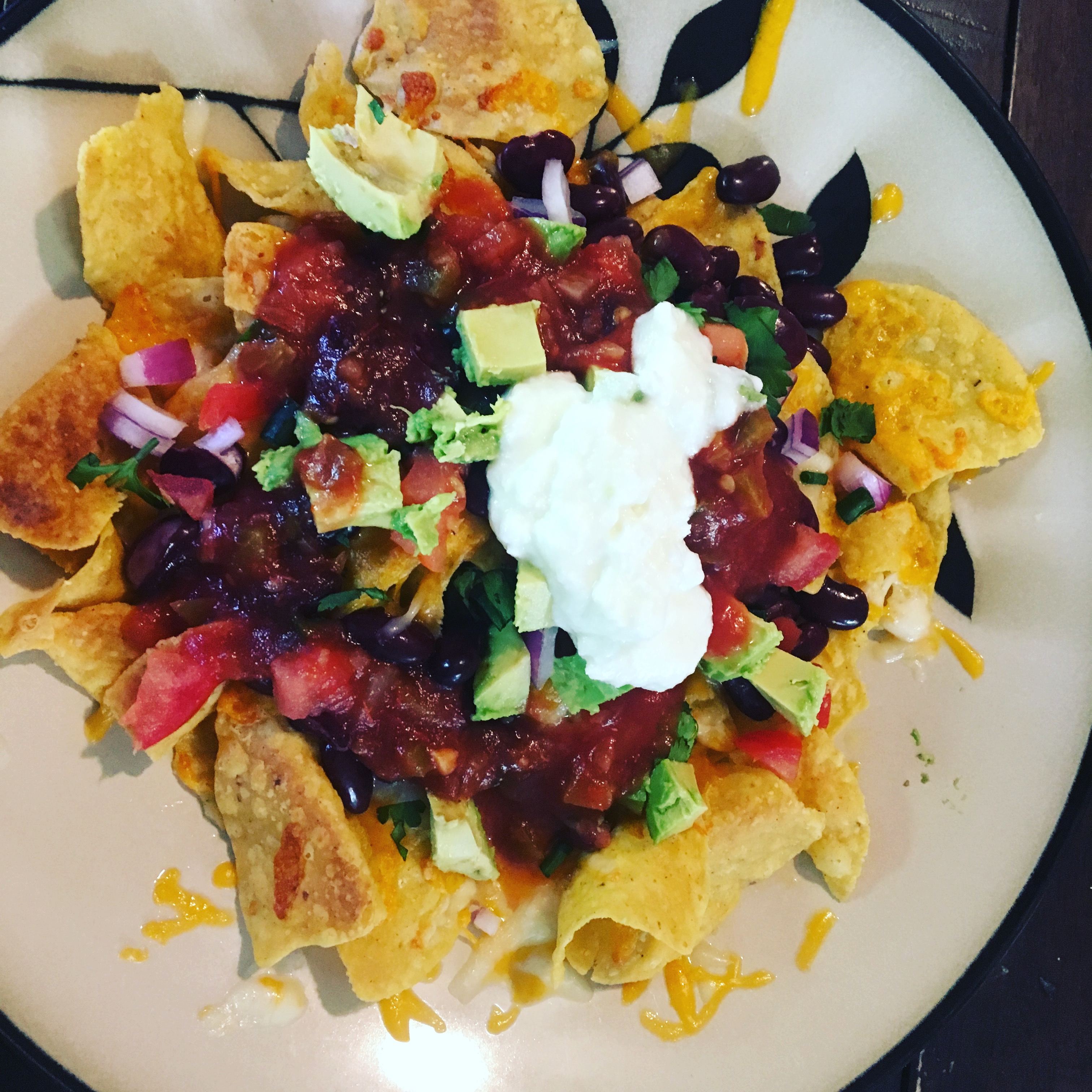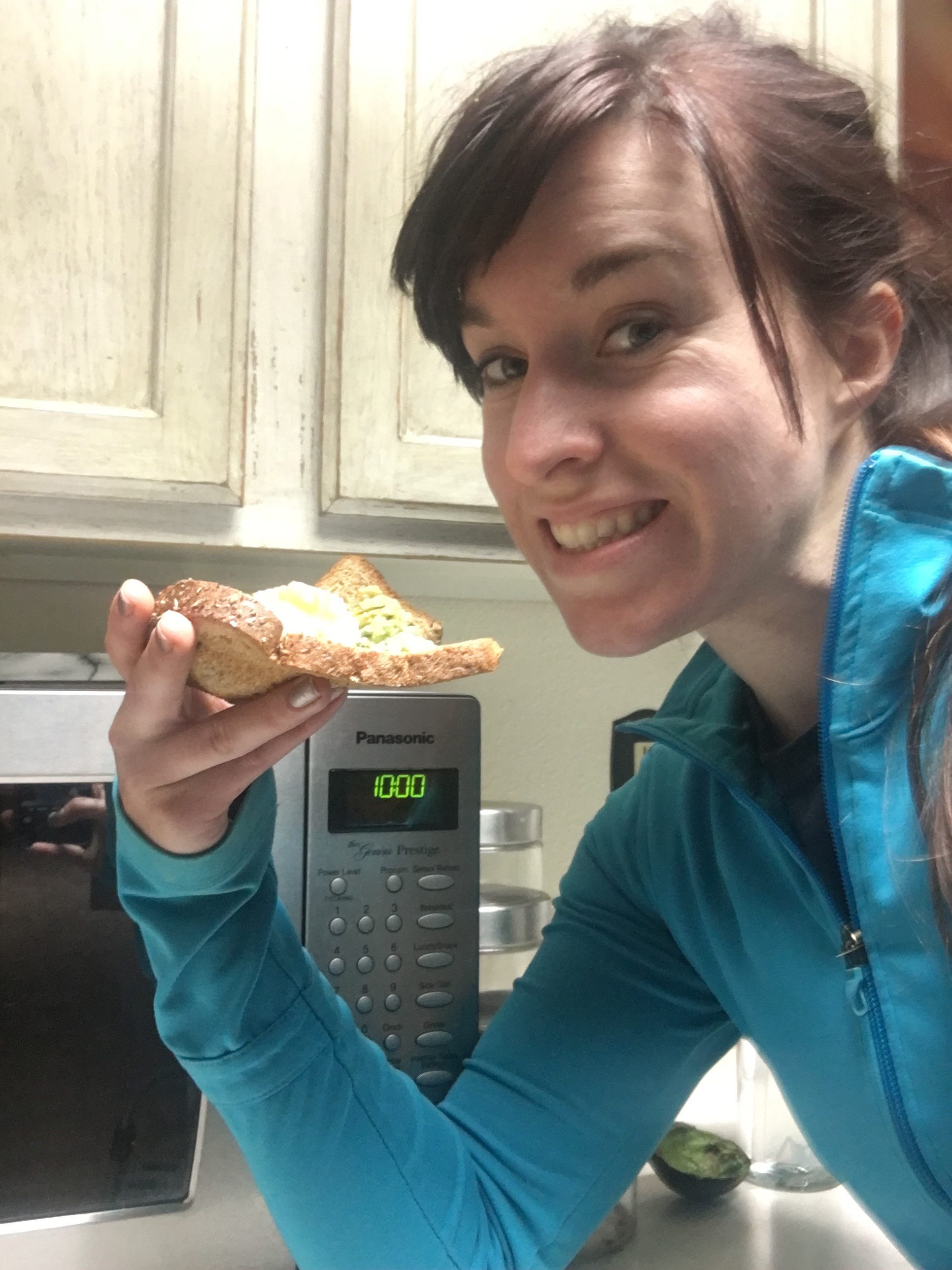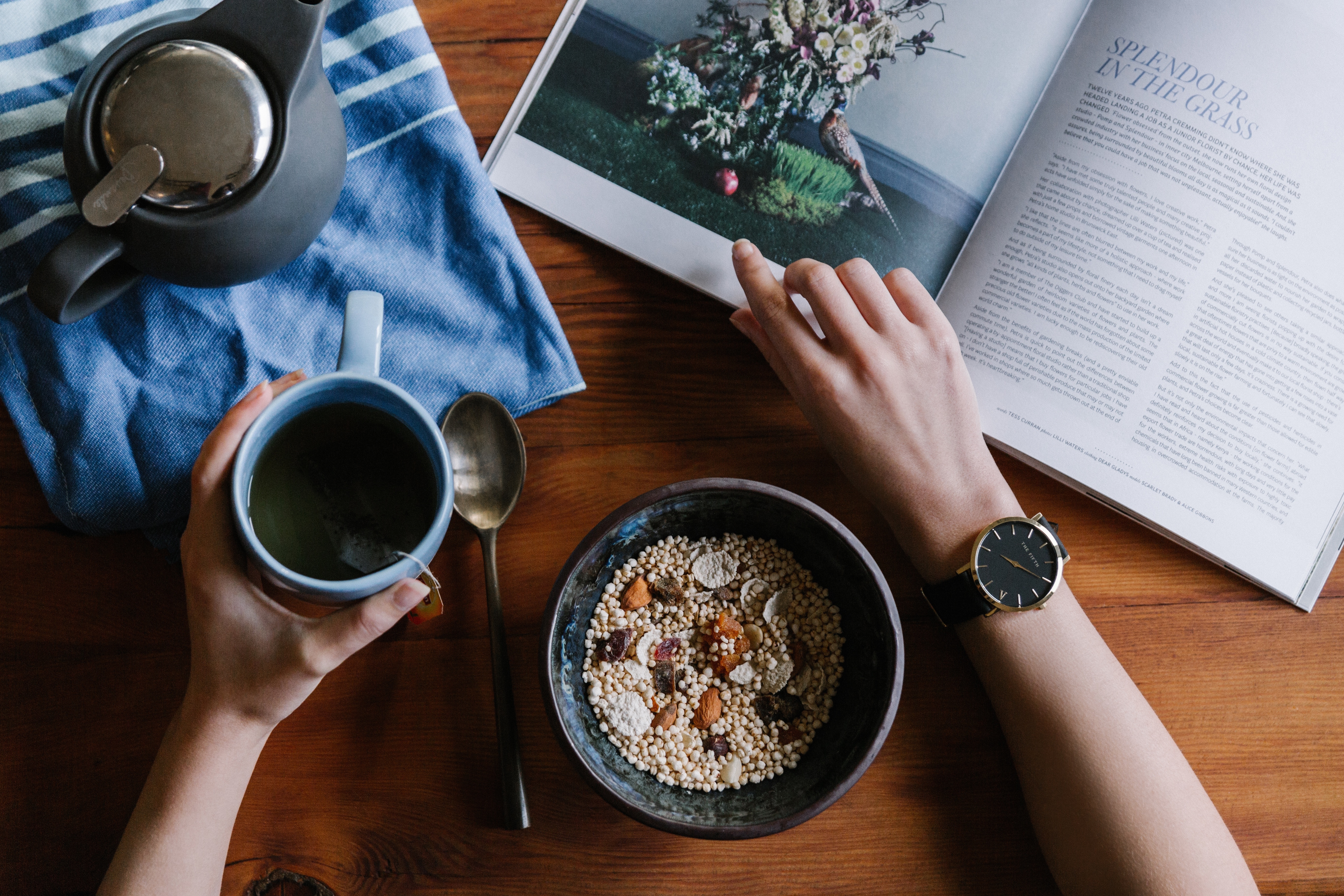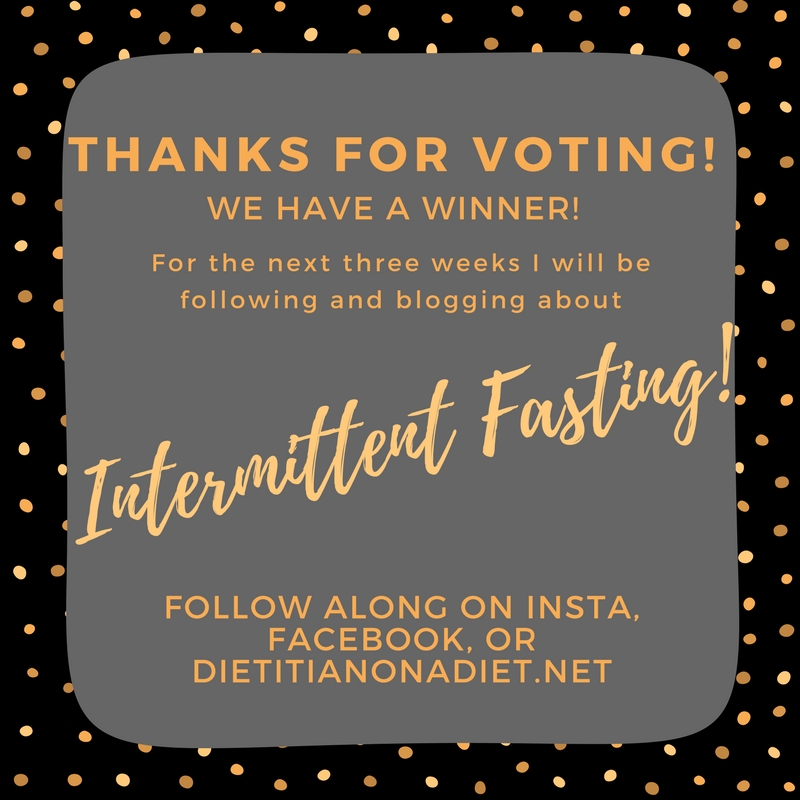How it Went:
I’ve still been so hungry in the mornings waiting to break my fast. This leads to crabbyness (the severity of which depends on who you ask…). Then, once I’m able to eat, I feel like I’m constantly eating to hit my macro goals. Eating when I’m not hungry leads to crabbyness. These are unfortunate happenings. During this week I missed my macros for a couple days and one morning hit a blood sugar low during my workout that forced me to realize I need more structure to get my macros in throughout the day. You can read about that here. After I created a more specific eating schedule, I was able to get my macros in a little easier, but I still felt hungry in the mornings and very full during my eating window. I haven’t really felt great at all since I started intermittent fasting.
On the flip side, my pants are definitely fitting better and I can tell that I’ve lost a bit from my waist overall. The measurements don’t reflect it this week because, unfortunately, this is the nasty week of water retention (or as my husband and I refer to it, the “natural disaster”). I expect that next week’s numbers will go back down again.
What I learned:
My fitness goal right now is primarily to gain strength and muscle and maintain cardiovascular fitness and flexibility. I’ve been using a heavy weight lifting routine (along with some moderate cardio and yoga) to achieve that goal for several months now. Lifting heavy and gaining muscle requires an increase in calorie intake to sustain muscle building and recovery, but I’ve found that I really can’t comfortably meet that goal in an intermittent fasting window. When I was eating normally, I didn’t have any trouble meeting that goal because I had more time to digest food before eating again.
I lamented about my struggles to my intermittent fasting coach friend Emily Arger, who offered to let me try her 7-Day Whittle Your Waist plan. The workouts included in her plan are designed to pair better with intermittent fasting than my heavy lifting plan, since I won’t need as many calories/macros. The main goal of the plan (as you might gather from the name), is fat loss. This is a shift from what my actual personal goals are, but I learned that heavy lifting/muscle gain is a very tricky thing to accomplish while intermittent fasting, at least for me. I started her new workout plan today, which includes 25-30-minute Tabata-style high intensity interval training (HIIT) workouts. My cat was impressed…and possibly confused.
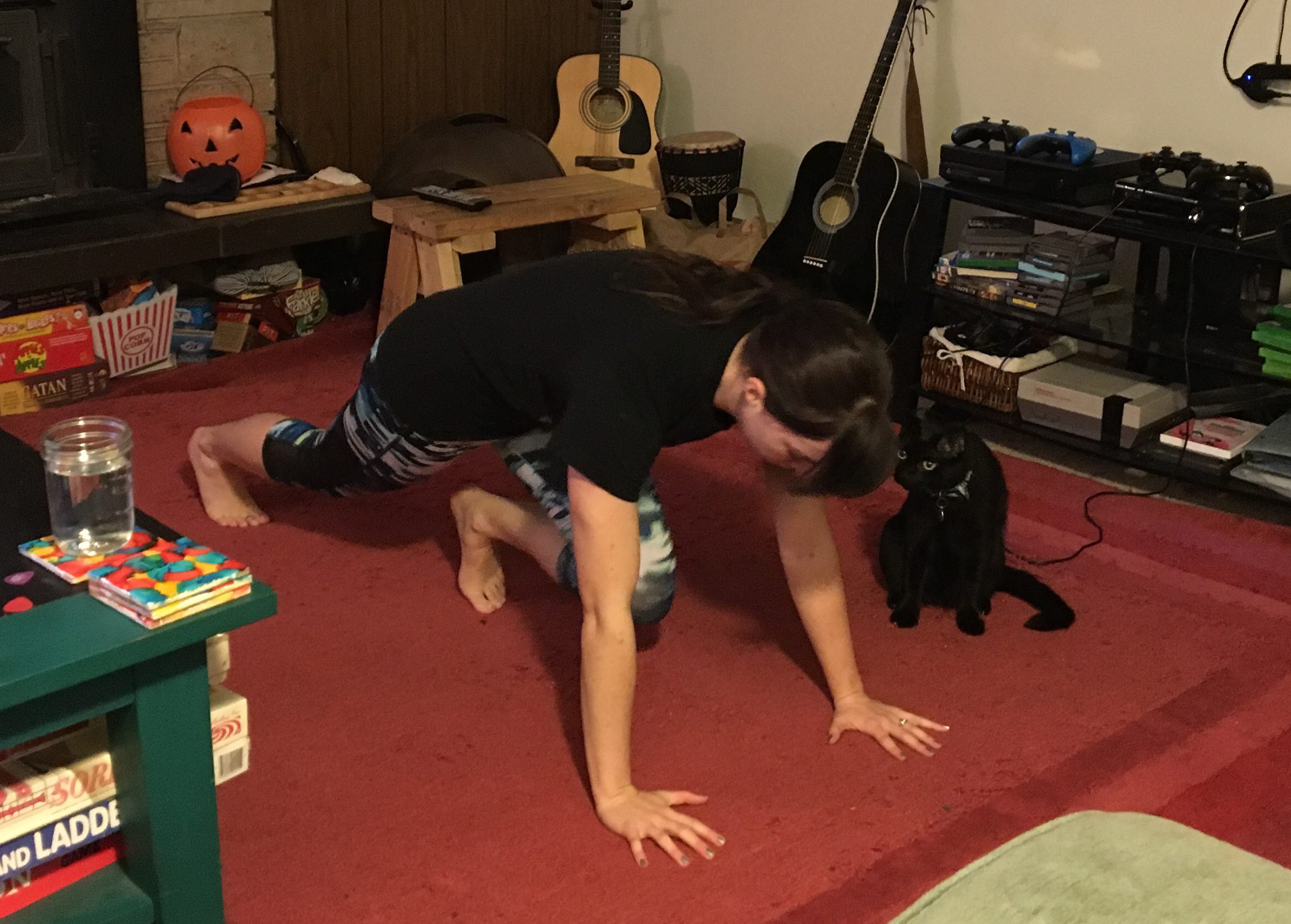
How I did and what changed:
| Goal | Week #1 | Week #2 | |
| # of days 16-hour fast was achieved | 7 | 6 | 7 |
| Average daily protein intake | 90 grams | 85.4 grams | 82.2 grams |
| Average daily carb intake | 225 grams | 209 grams | 205 grams |
| Average daily fat intake | 60 grams | 73.2 grams | 64 grams |
| Weight change | 0 lbs | -1.2 lbs | |
| Body fat % change | -.5% | -.5%% | |
| Waist measurement change | -1″ | +.75″ | |
| Hip measurement change | 0” | 0” | |
| Thigh measurement change | -1″ | +.5″ |
